If you have extra days to spend in Tibet, there are things to do in Lhasa besides visiting the major attractions like Potala Palace, Jokhang Temple, etc.
There are so many things to do in Lhasa, for example, Visit the Tibet Museum or see the Princess Wencheng Drama.
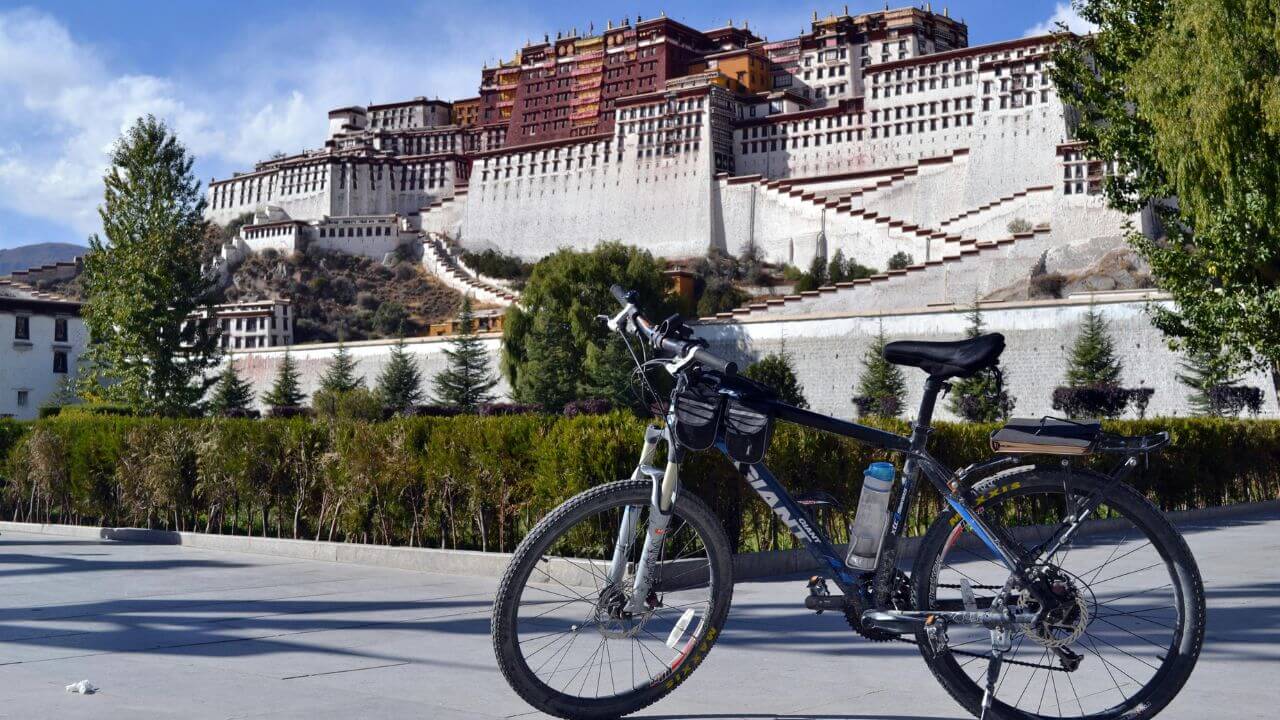
Explore The Barkhor
Whether Lhasa is your first or you’ve come many times, you must visit Barkhor and do the Barkhor Circuit near Jokhang Temple.
The Barkhor remains a steadfast guardian of traditional Lhasa, largely untouched by the waves of modernity. Here, pilgrims from the nearest regions, and even farther, move easily around a monk who is prostrating, stopping to look at a jewel-encrusted dagger at a street stall. Monks sit cross-legged on the paving stones, chanting mantras over their alms bowls, while armed police march by in strict formation, going counterclockwise. It’s a fascinating place that you’ll want to visit again and again.
Walking down the Barkhor, near the Jokhang Temple you will see a constant stream of Tibetans following the Barkhor circumambulation route in a clockwise
direction. You will look for the two pot-bellied stone sangkang (incense burners) in front of the Jokhang. There are four sangkang, marking the four extremities of the Barkhor Circuit; the other two are at the rear of the Jokhang.
It feels like the Barkhor has a special pull that draws you in whenever you get close. You’ll find yourself happily walking the whole circle again! It’s the perfect place to start exploring Lhasa and the last spot you’ll want to visit before leaving the city.
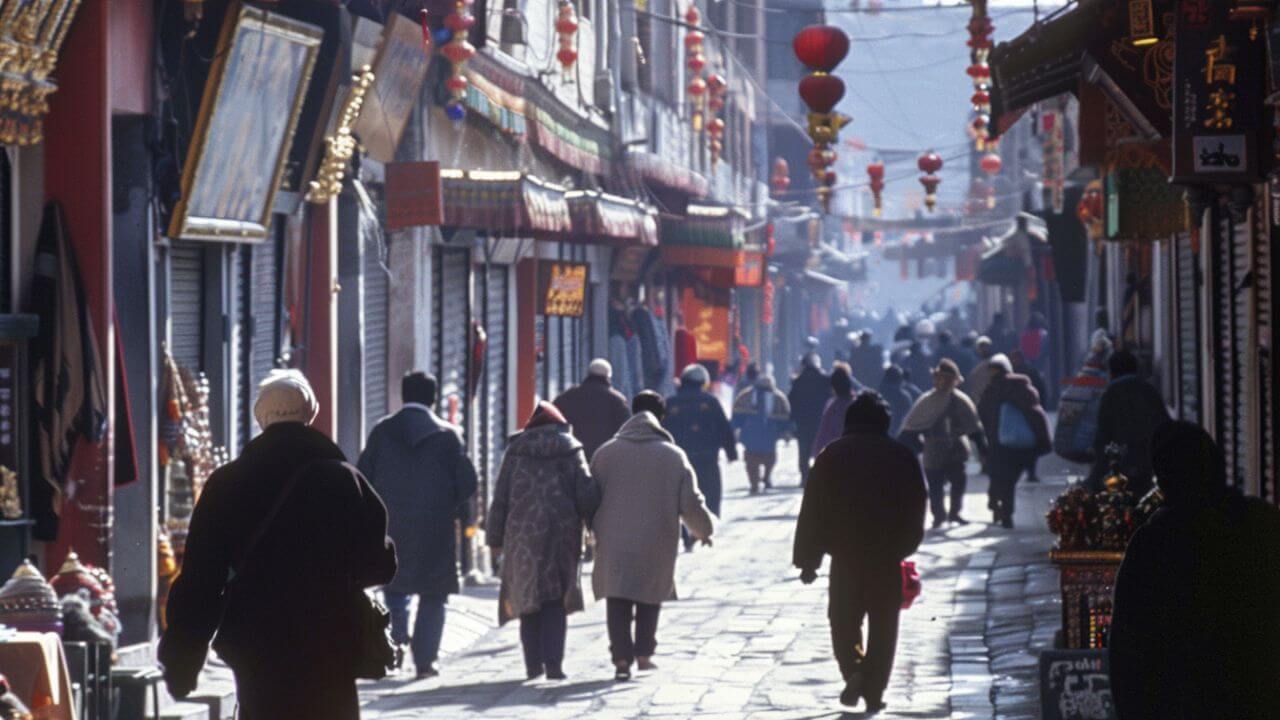
Attend a Traditional Tibetan Opera
Tibetan Opera, known as “Lhamo” in Tibetan, is a traditional performance art that has been a vital part of Tibetan culture for centuries. It combines elements of drama, dance, music, and folklore, creating a unique and immersive experience.
Tibetan Opera is characterized by its vibrant costumes, intricate masks, and expressive gestures. Performers use exaggerated movements and facial expressions to tell stories, often drawn from Buddhist teachings, Tibetan history, and folklore. The performances are usually outdoors and can last several hours, sometimes extending over several days.
A typical Tibetan Opera performance consists of the following elements:
- Opening Ritual: A ceremonial dance to purify the stage and honor the deities.
- Prelude: Introduction of the story and characters.
- Main Performance: The narrative unfolds through a series of acts, including dialogues, songs, and dances.
- Closing Ritual: A concluding dance to thank the audience and deities.
Themes and Stories
The themes in Tibetan Opera are diverse, ranging from religious and historical tales to moral lessons and love stories. Common plots include the lives of Buddhist saints, historical legends, and moral parables, all aimed at imparting wisdom and ethical values.
Music and Instruments
The music in Tibetan Opera is integral to the performance, featuring traditional Tibetan instruments like the damnyen (lute), piwang (fiddle), and various types of drums and cymbals. The music enhances the emotional impact and helps convey the story’s mood.
Costumes and Masks
Elaborate costumes and masks are key features of Tibetan Opera. Each character has a distinct costume and mask that represent their role, such as gods, demons, kings, and common people. These costumes are rich in color and detail, often handmade and passed down through generations.
You can watch Tibetan Opera in various parts of Tibet, especially during festivals like the Shoton Festival in Lhasa. Performances can also be found in Tibetan cultural centers and during special events aimed at showcasing Tibetan art and culture.
If you are visiting Lhasa in the summer, you can watch the Princess Wencheng opera show on a large theater stage outside
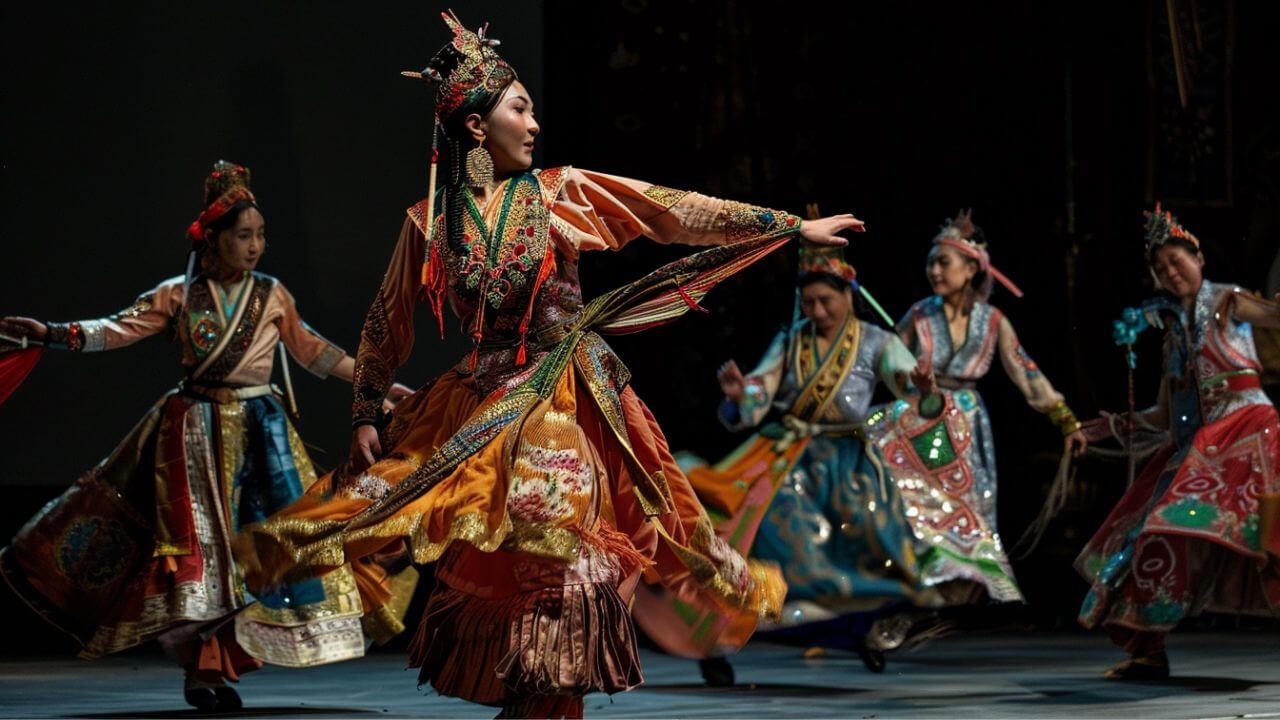
Explore Tibetan Cuisine
One of the many things to do in Lhasa is to explore Tibetan cuisine. Tibet has a very specific cuisine with a tasty food tradition that mirrors the region’s high-altitude environment, cultural history, and use of local ingredients. The food is prepared to keep people strong in Tibet’s cold, mountainous areas. Key staples include barley, yak meat, dairy products, and various hearty soups and stews.
Key Components of Tibetan Cuisine
Tsampa: A staple food made from roasted barley flour, often mixed with butter tea or yogurt to form a dough-like consistency.
Butter Tea (Po Cha): A traditional drink made from tea leaves, yak butter, and salt, known for its rich, warming flavor.
Momos: Tibetan dumplings filled with meat or vegetables, usually steamed or fried, and served with a spicy sauce.
Thukpa: A hearty noodle soup made with meat, vegetables, and sometimes yak cheese, perfect for the cold climate.
Yak Meat: A primary source of protein, yak meat is used in various dishes such as stews, curries, and dried meat snacks.
Dairy Products: Including yak butter, cheese, and yogurt, which are integral to Tibetan meals and snacks.
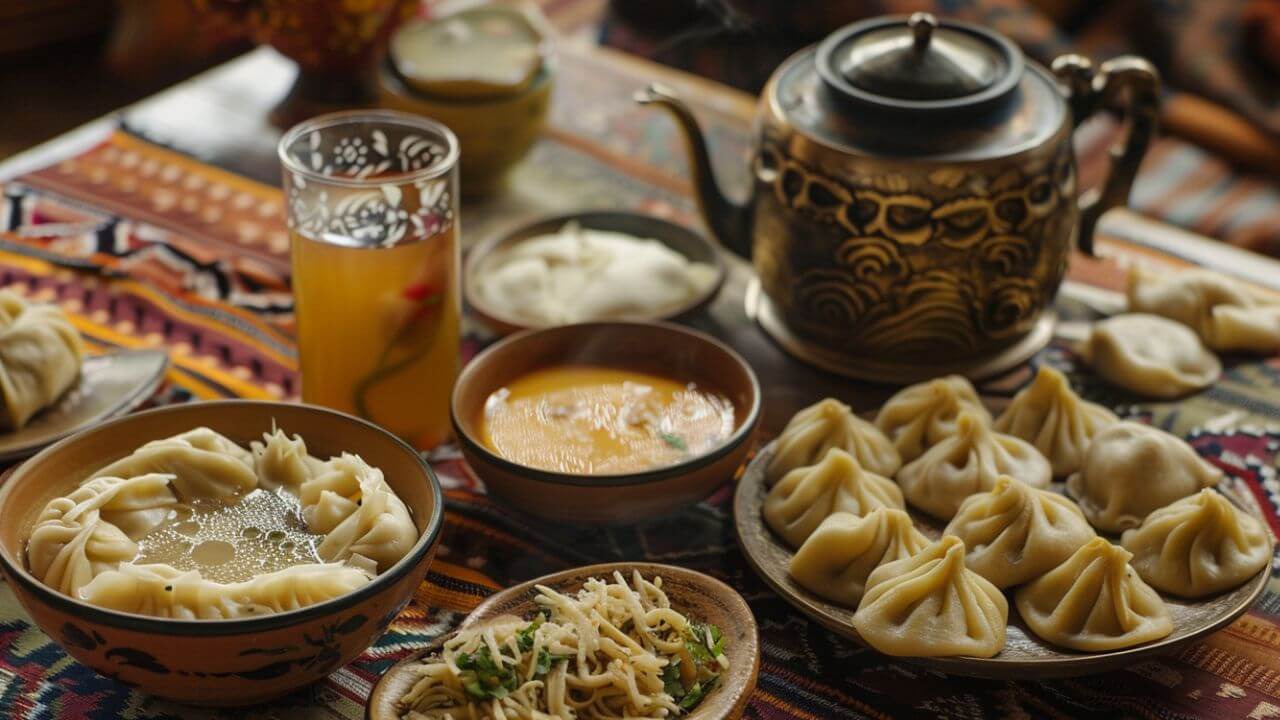
Visit Tibet Museum
The Tibetan Museum is located in the heart of Lhasa and offers visitors a comprehensive look into the rich history, culture, and heritage of Tibet. Opened in 1999, the museum is the first large, modern museum in Tibet and serves as a cultural landmark.
What to Expect
Extensive Collections
The museum houses a vast collection of artifacts, including ancient manuscripts, thangka paintings, sculptures, religious relics, traditional costumes, and everyday objects. These items provide deep insights into Tibetan life, religion, and history.
Exhibition Halls
The museum is divided into various exhibition halls, each dedicated to different aspects of Tibetan culture. Major sections include the History Hall, Folk Culture Hall, and the Art Hall. Each hall is meticulously curated to offer a detailed and engaging narrative.
Architectural Beauty
The museum itself is a blend of traditional Tibetan architecture and modern design. Its structure and layout reflect the harmonious integration of Tibet’s cultural aesthetics with contemporary functionality.
Interactive Displays
Interactive displays and multimedia presentations bring Tibetan history and culture to life. Visitors can watch documentaries, listen to traditional Tibetan music, and even experience virtual tours of significant sites in Tibet.
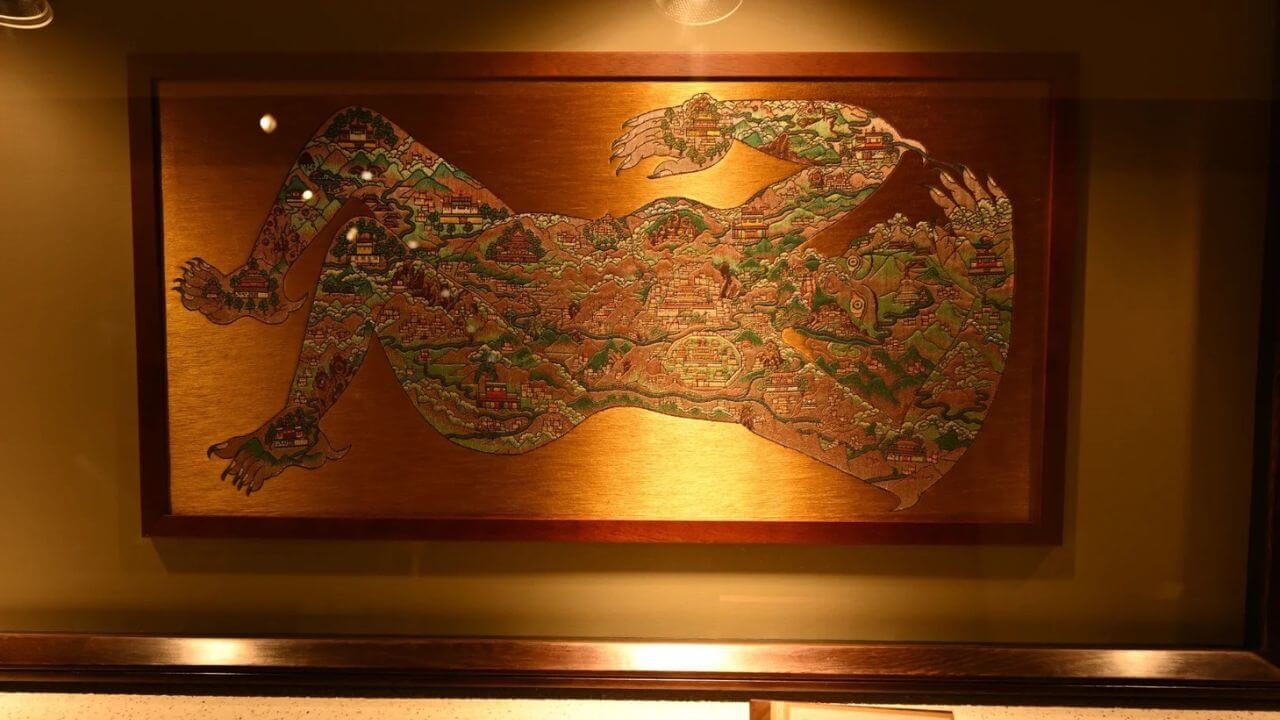
Highlights
Ancient Manuscripts and Documents
The museum’s collection includes rare manuscripts and documents that detail Tibetan history, religion, and governance. These texts are invaluable resources for understanding Tibet’s rich past.
Thangka Paintings
Thangka paintings are traditional Tibetan Buddhist scroll paintings. The museum showcases an impressive array of these artworks, each depicting various deities, mandalas, and religious scenes.
Religious Artifacts
The museum’s collection of religious artifacts includes statues of Buddha, ritual objects, and items used in Tibetan Buddhist ceremonies. These artifacts highlight the deep spiritual roots of Tibetan culture.
Traditional Costumes and Jewelry
Exhibits of traditional Tibetan clothing and jewelry provide insights into the region’s diverse ethnic groups and their customs. The intricate designs and craftsmanship of these items are truly remarkable.
Cultural Exhibits
The museum features exhibits on Tibetan folk culture, including traditional music, dance, and festivals. These displays offer a glimpse into the daily lives and celebrations of Tibetan people.
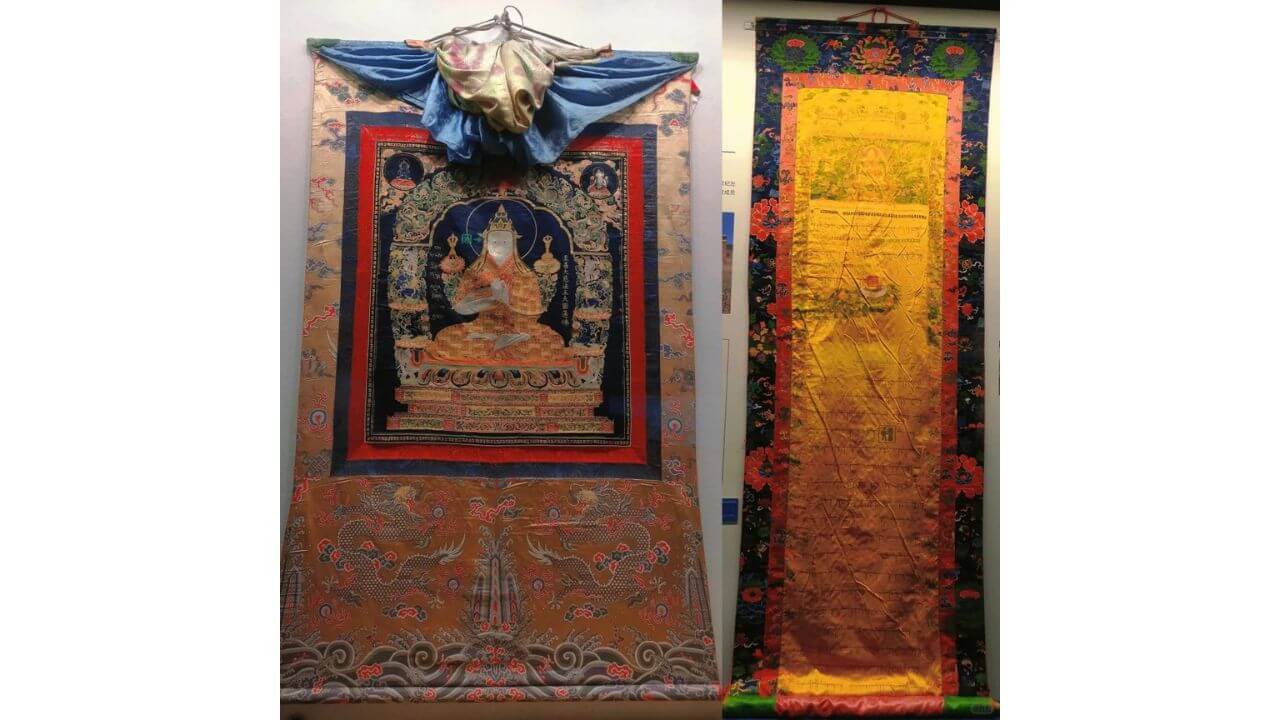
Explore the City on A Bike
Exploring Lhasa on a bike provides a unique and engaging way to experience the city’s rich culture and beautiful scenery. Cycling through the narrow streets allows you to visit historic sites like the Jokhang Temple and Potala Palace, while also discovering lesser-known spots. The mix of traditional Tibetan architecture and bustling markets makes for an unforgettable ride. Biking lets you interact with locals, enjoy the fresh mountain air, and take in the stunning views of the Himalayas. It’s an eco-friendly and adventurous way to explore Lhasa at your own pace.

Helen Wang
Travel Advisor & Guide Expert
I started my travel career in 2005 and have since become an expert in Tibet and China’s travel destinations and helping travelers plan unforgettable trips.
For expert travel advice to China or Tibet, feel free to contact me.